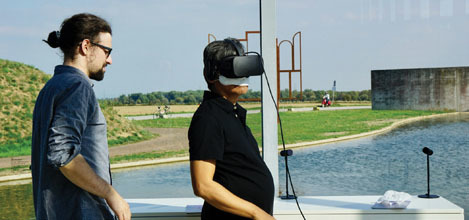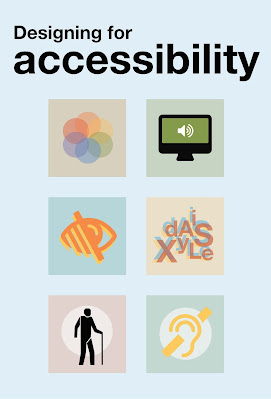TOOLKITS, TECHNIQUES, HIGH-TECH AND NON-TRADITIONAL/DIVERSE COMMUNITY ENGAGEMENT HELPS TO MAKE PLANNING ABOUT PEOPLE
Whether it is as high tech as virtual reality (VR) goggles to show a 3-D vision of what could be, or good old-fashioned shoe leather invested in going to the people rather than waiting for them to come to a weeknight workshop at a library — the planning toolkit is constantly being revised.
No matter what the approach, experts agree that people,
not the project, must come first.
“Evidence suggests that the current system of public
engagement is broken,” said Jason Jordan, director of Policy & Government
Affairs at the American Planning Association (APA).
“The process is based on getting to ‘no’ as opposed to
getting to ‘yes,’” he said of NIMBY ism that has contributed to a low housing
supply which has created an affordability crisis.



































